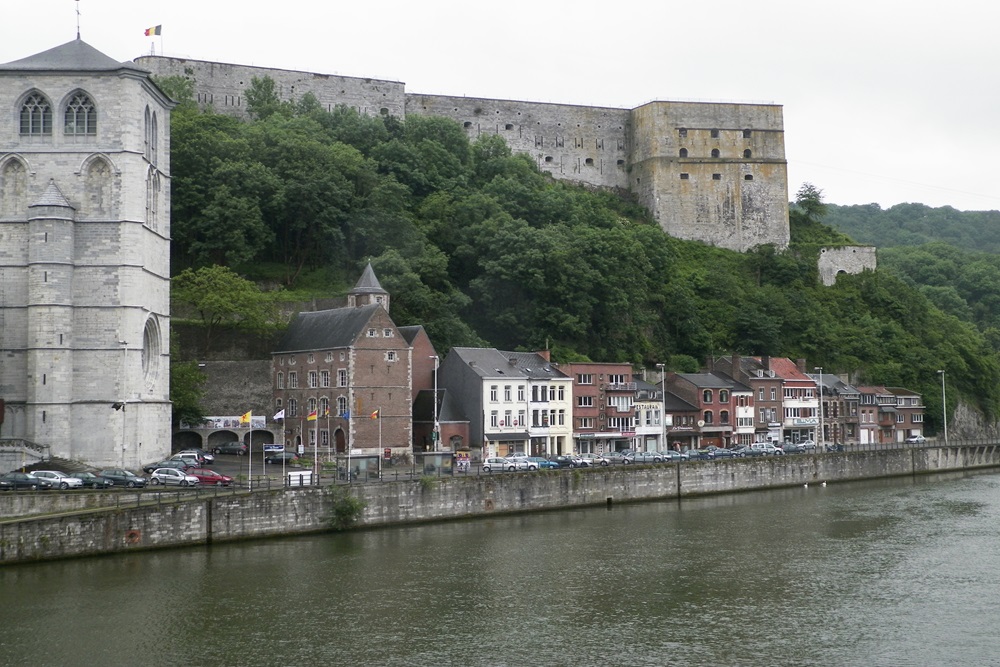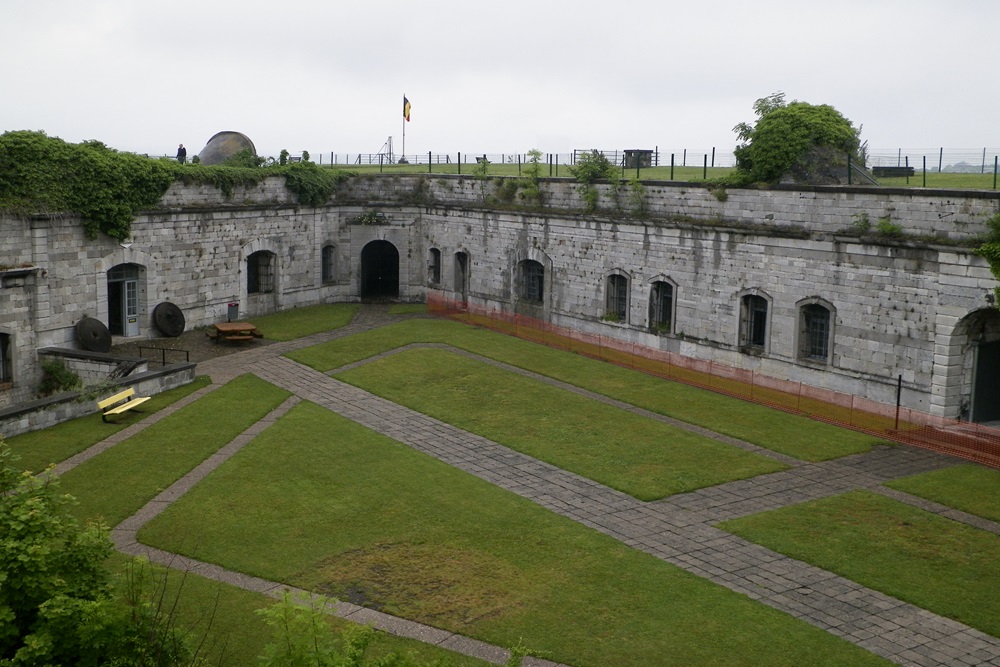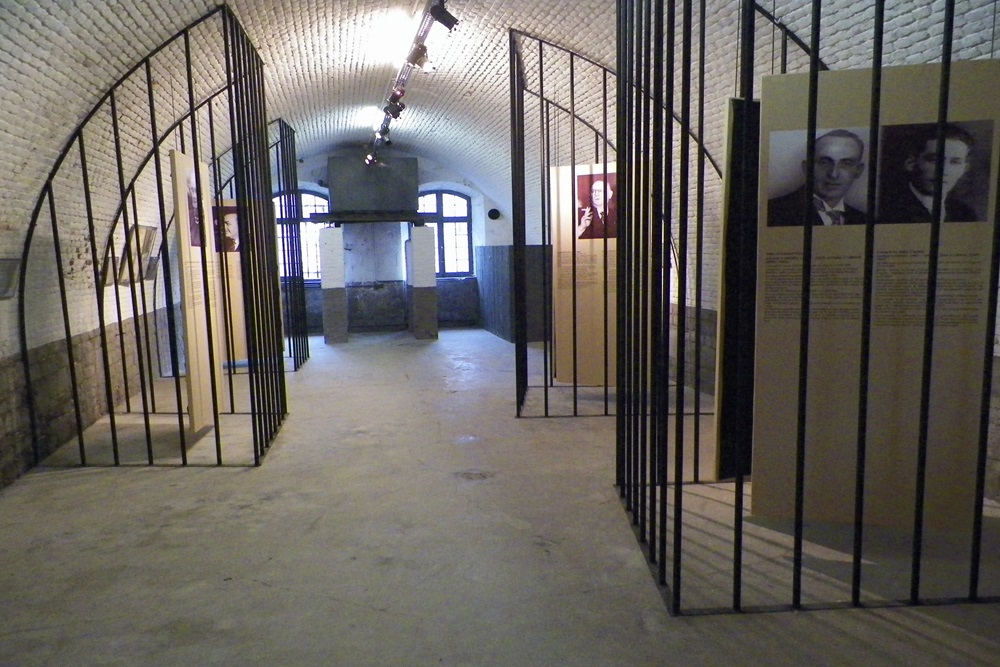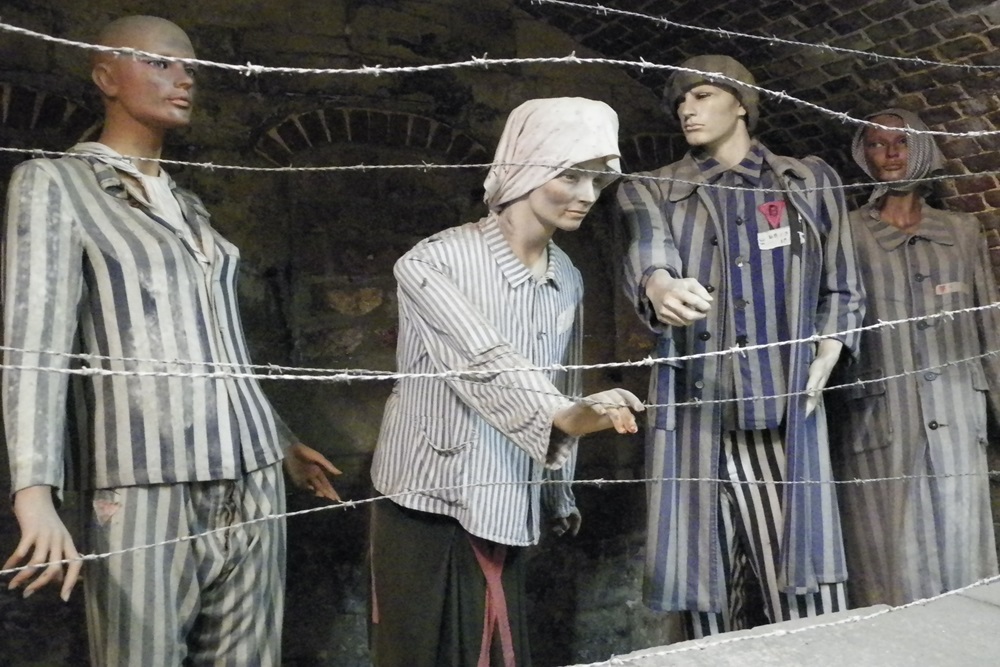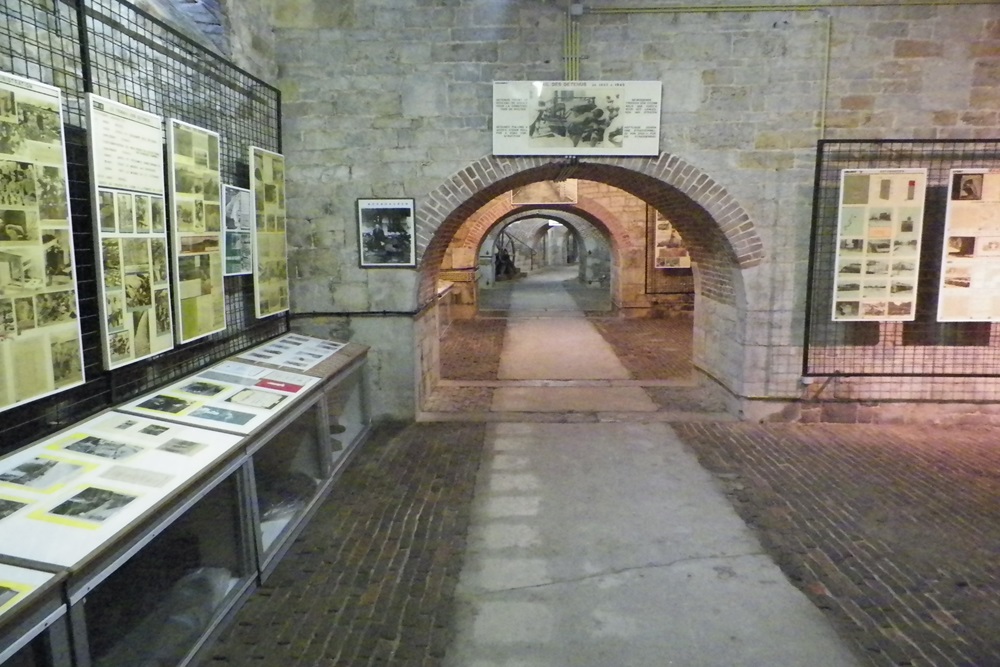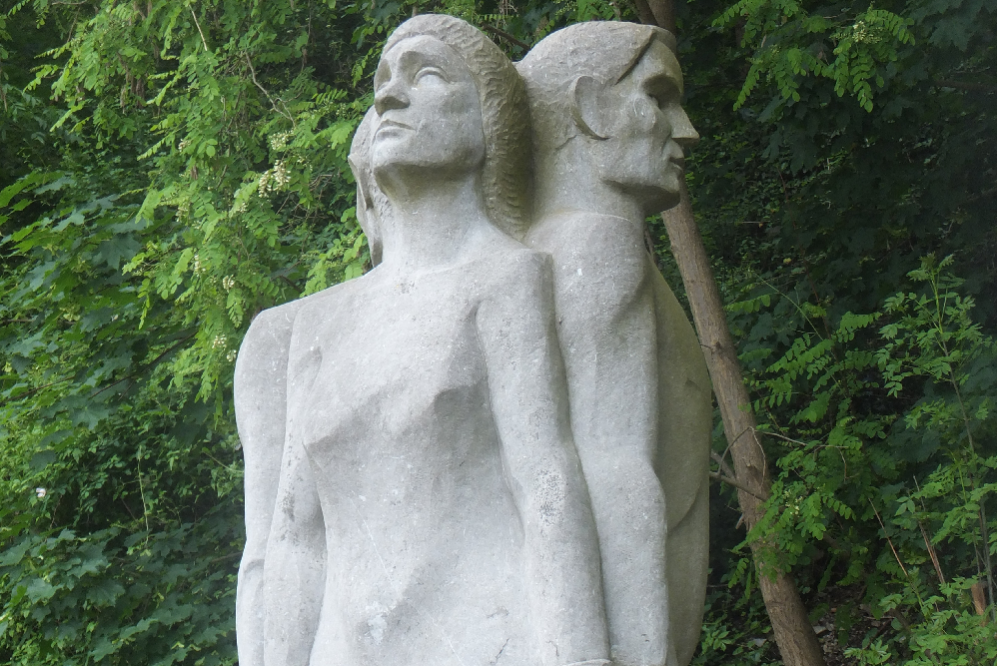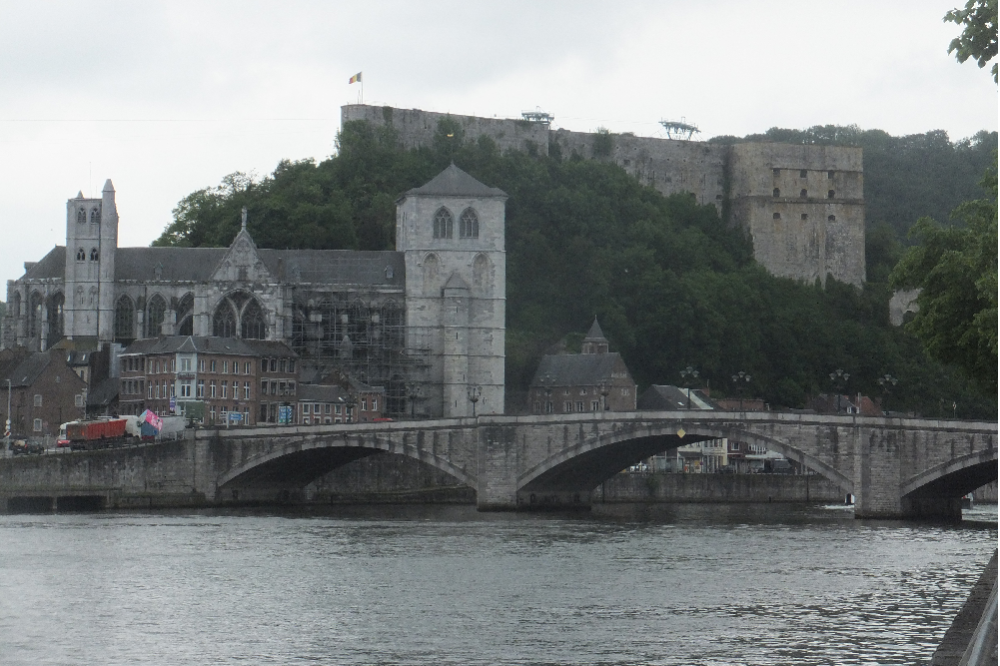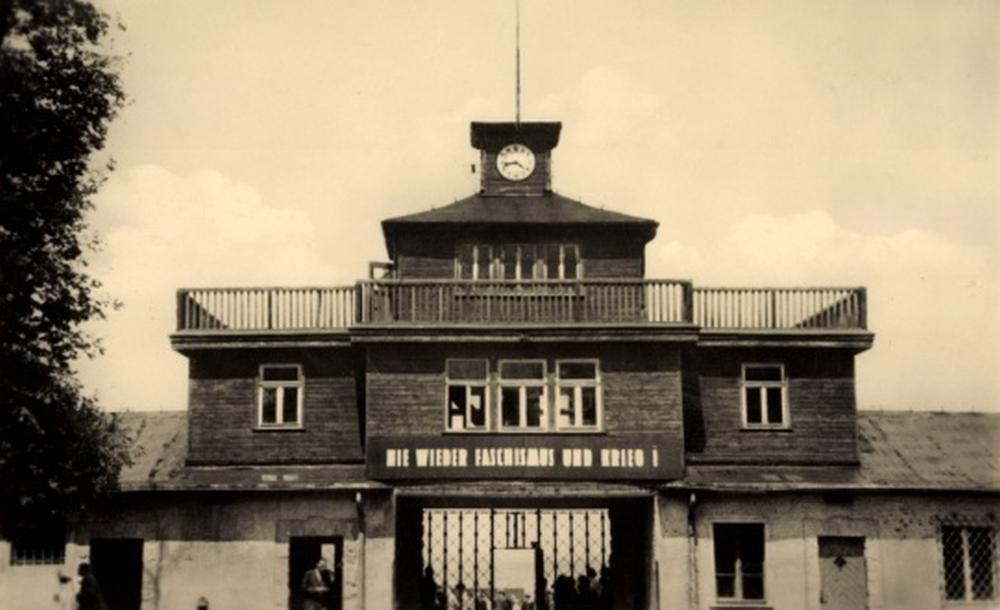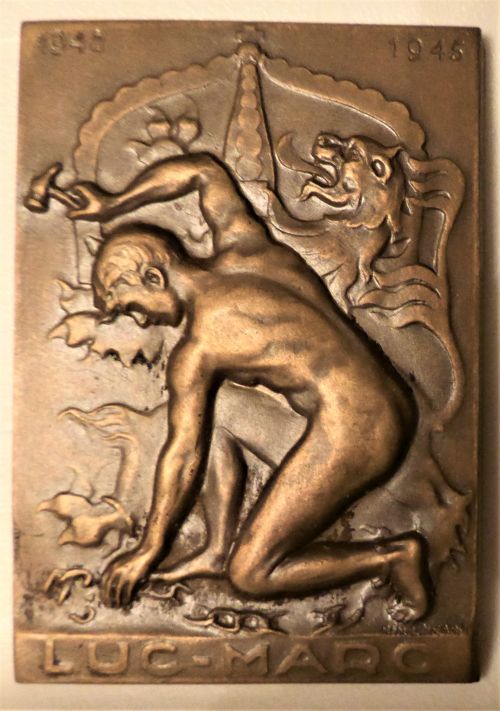Huy Fortress - Museum of Resistance and Concentration Camps
Huy is a small Belgian town located directly on the river Meuse about halfway between the cities of Namur and Liège. Strategically a perfect place to build a fortress with a view on both sides of the river. Willem I, King of the Low Countries had a new Dutch fort built there on the spot where the now demolished fort once stood.
WW1:
After it lost its military function, it was used as a prison by the Germans in WW1. After holding Russian prisoners at the end of World War I, it served as a military school during the Interbellum. Due to the threat of a new world war, a garrison of the Belgian army was stationed in the fort in 1937. This unit remained there until the moment the city of Liège fell into German hands in May 1940.
WW2:
Also during the Second World War, the fortress of Huy was used as a prison by the German occupiers. A total of 1240 prisoners were deported from northern France to Huy, mostly miners who went on strike because of the poor conditions that the German occupation brought with it. In addition, approximately 6,000 Belgians and other nationalities were imprisoned here.
Among the prisoners were about 100 women, who were kept separately in one room. Many of the prisoners were taken to concentration camps. At least ten people died in the fort itself due to the appalling conditions. Huy was also the city that the feared German tank commander Joachim Peiper should have reached as the first target during the Ardennes offensive ("Battle of the Bulge").
Museum:
After the war, the Belgian Ministry of Justice used the fort as an internment camp for over a year. Then it was turned into a museum. Since 1957 there is a cable car that brings tourists to the fort. Since 1992, the fort has housed the Museum of the Resistance and of the Concentration Camps. Here visitors get an impression of life in the fort and in concentration camps during WW2.
The exhibition consists of 11 rooms and a beautiful panorama from the roof of the fortress. A video report of about fifteen minutes completes the visit.
For current visiting hours, please contact the museum.
Do you have more information about this location? Inform us!
Source
- Text: Fedor de Vries + Cheapskatetravel.nl
- Photos: Koos Winkelman (1, 2, 3, 4, 5), Cheapskatetravel.nl (6, 7, 8)
